In Vogue
In the '80s, when President Ronald Reagan was waging a , cocaine — and its derivative, crack — ravaged the nation's inner cities. Meanwhile, the powder version of the drug reached a different demographic.
"The ethos in fashionable Manhattan was that you worked hard all day and you stayed up and partied all night," says author Jay McInerney, "and cocaine seemed to facilitate that kind of approach to life."
McInerney's novel, Bright Lights, Big City, set in 1980s New York City, became a literary sensation for a generation, capturing a culture of glitz and glamour — and cocaine.
"In the space of a few years, cocaine went from being something that was surreptitiously snorted off of toilet stalls in these kind of grimy clubs to something that was being done on table tops in chic restaurants by investment bankers," he tells Jacki Lyden, host of weekends on All Things Considered.
So what happened? Peter Reuter, a longtime researcher of drug problems in the U.S., says the passage of time played a role.
"The drug went out of vogue a long time ago," says Reuter, a professor of Public Policy at the University of Maryland. "Lots of people experiment with it, but very few of the people that experiment with it in the last 20 years have gone on to become regular users of it."
However, he says, whether cocaine use was simply a passing fad may very well "depend on your vantage point." >Listen to the story<
Subscribe to:
Post Comments (Atom)



































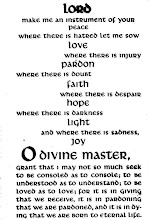


























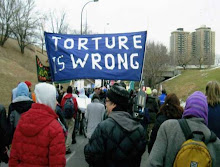





















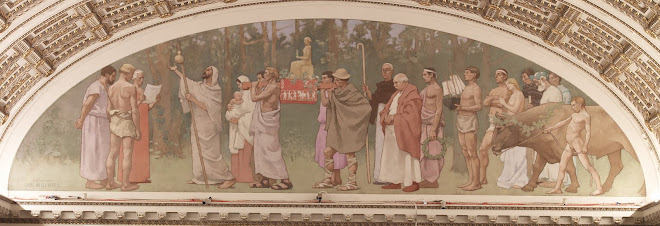























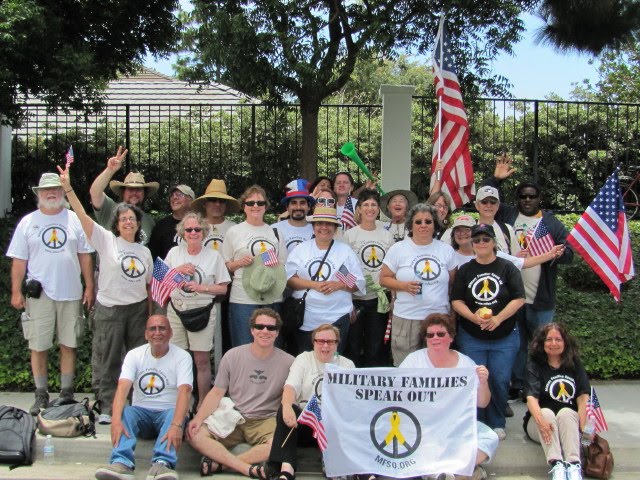






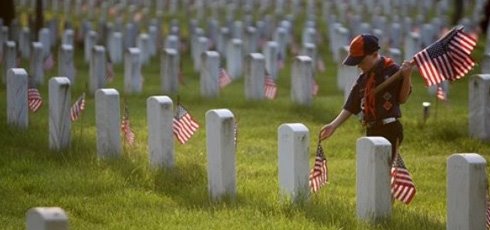








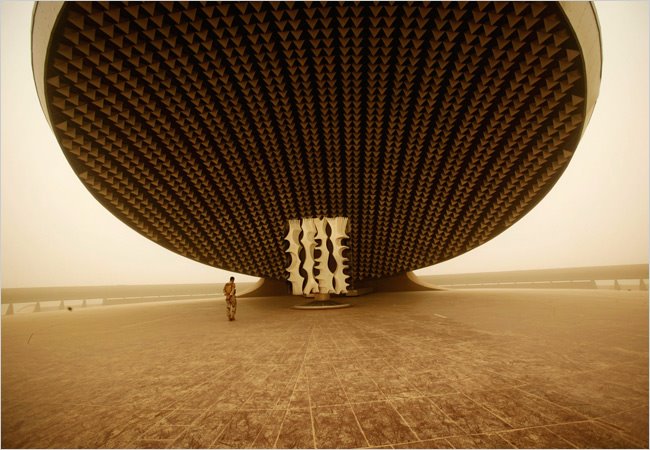
No comments:
Post a Comment